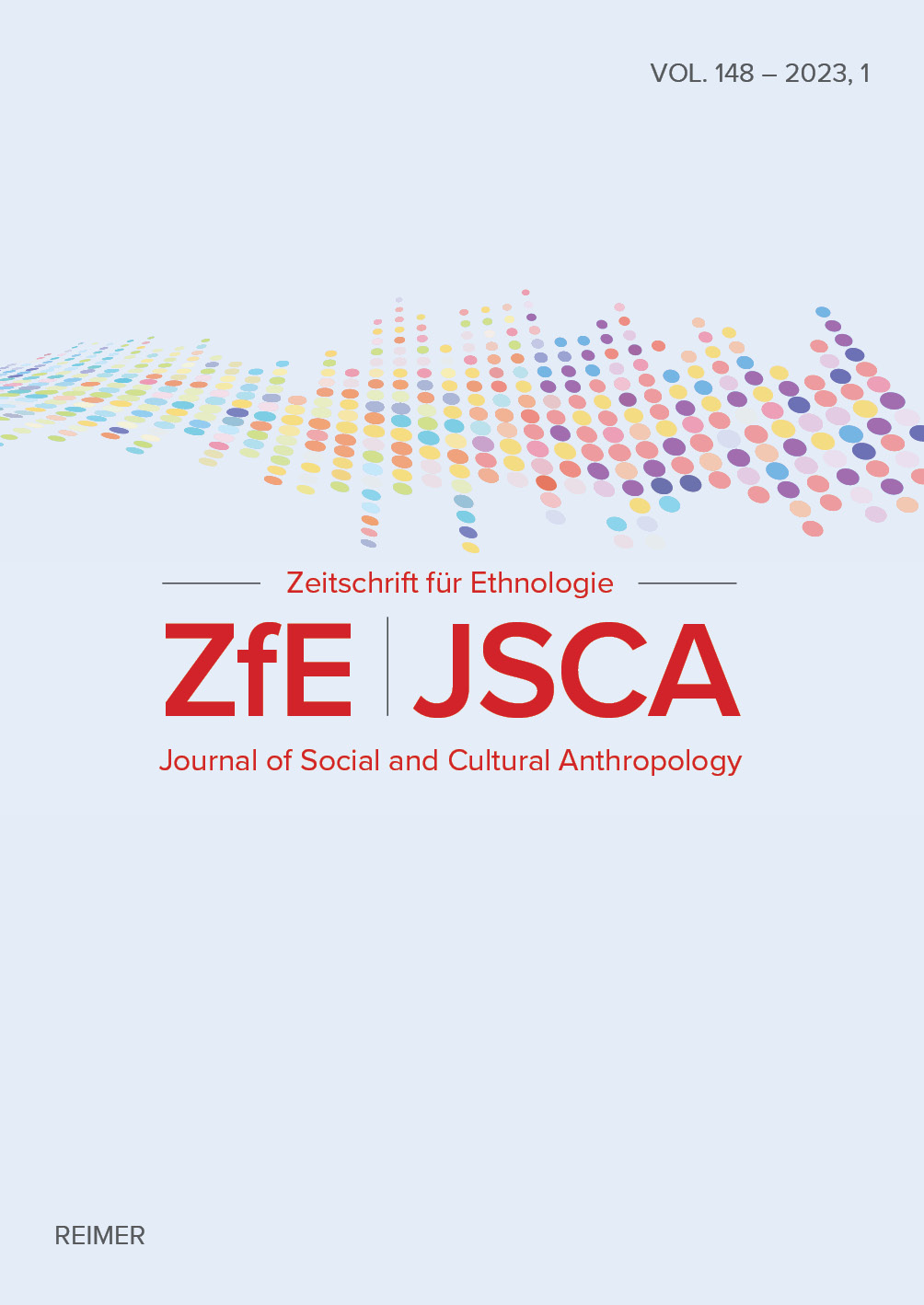Scales of Affordances: Visibility and Pandemic Encounters among Buddhists in the Javanese Highland
Hauptsächlicher Artikelinhalt
Abstract
In this contribution, I explore the encounter between a pandemic-mitigation event initiated by the local administration of Central Java, Indonesia, and a Buddhist village in the highland region of Temanggung. For the minority Buddhist community in the area, the event signified a possibility to pursue media presence. In the previous few years, the village of Surjosari had launched various projects of community and religious revitalization. On the one hand, such projects progressively included the community within the nationwide reach of Theravāda Buddhism. On the other hand, these projects were increasingly aimed at the implementation of a specific ethnopreneurial vision of highland eco-tourism, particularly endorsed by a host of local activists. The article shows how the government’s Candi Siaga initiative offered an unprecedented opportunity to advance the residents’ idea of community development, which braids together religious, ethnic and economic strands. By tracing long-term pre- and post-event developments in the village, I frame this opportunity in terms of affordance. Rather than mobilizing vocabularies of coping and responses that are intrinsic in recent virological discourses, affordances can provide an open-ended and undetermined horizon for encounters between broad processes such as a pandemic and the particular practices of a rural community. This requires us to extend the definition of the concept beyond its applicability to the restricted domain of immediate ecological perception.
Artikel-Details

Dieses Werk steht unter der Lizenz Creative Commons Namensnennung - Nicht-kommerziell - Keine Bearbeitungen 4.0 International.

